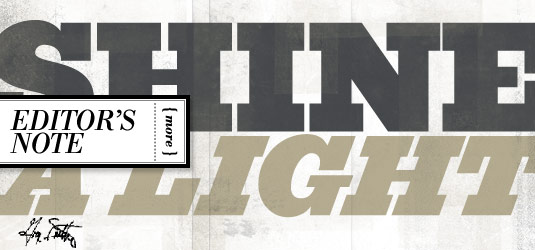When I picked up a copy of “Life,” the new autobiography of legendary Rolling Stones guitarist Keith Richards, my initial curiosity was that of a voyeur looking in on a debauched life of sex, drugs and rock ‘n’ roll. “Booze and pills and powders,” he wails in one of the group’s classic songs, while going into extensive detail about those moderation-defying aspects of his life. Richards has also amassed a distinct fashion catalog over the years, including his unique interpretations on hippie, Mod and swashbuckler. You might say Richards is a “torn and frayed” cultural icon—one likely reason the millionaire vagabond was the ideal spokesmodel for a recent Louis Vuitton luggage campaign.
Fashion and excess aside, Richards’ formative years as a dirt-poor kid growing up in a bombed-out, post-WWII landscape was truly a blues life. No wonder there was a primal connection when Richards and his bandmates first discovered that genre of music and, soon after, were packing concert halls with fans eager to hear them play it; it spoke to the era’s downtrodden masses. So it’s no surprise that England would embrace the following Mod era and its kaleidoscope of colors, wild fashion and personal freedom, as if the preceding decades of austerity and bleakness fueled a pent-up demand for a brighter alternative. People wanted to let their hair down—literally and figuratively.
Which got me thinking about current fashion trends: A recessionary backdrop ushered in an era of classic, safe silhouettes in a muted palette. Versatility, utilitarian and vintage were key descriptive terms in collections across the board. The popularity of classic work boots, for example, addressed the consumer’s desire for durability as well as aesthetic austerity. The party was over, basically. In addition, conservative oxfords—the anti-stiletto—came on strong in women’s and, for next fall, an equally prim kitten heel trend aims to address the ongoing demand for day-to-night versatility. Even the rain boots craze has seen a more sophisticated bent toward classic equestrian styling. The recent FFANY show in New York proved designers’ predictions: that Americans are not looking to let their hair down just yet.
Fair enough. We’re not out of the woods, recovery-wise, by any means. Nevertheless, I can’t help but get excited by the prospects of another pent-up demand: Why should this downturn be unlike previous ones that served as the catalyst for creative rejuvenation—be it new forms of art, music or fashion? Something good has got to come out of these economic blues, and when it does, I fully expect it to strike a powerful chord with people the world over. I bet Keith Richards would agree. —Greg Dutter




